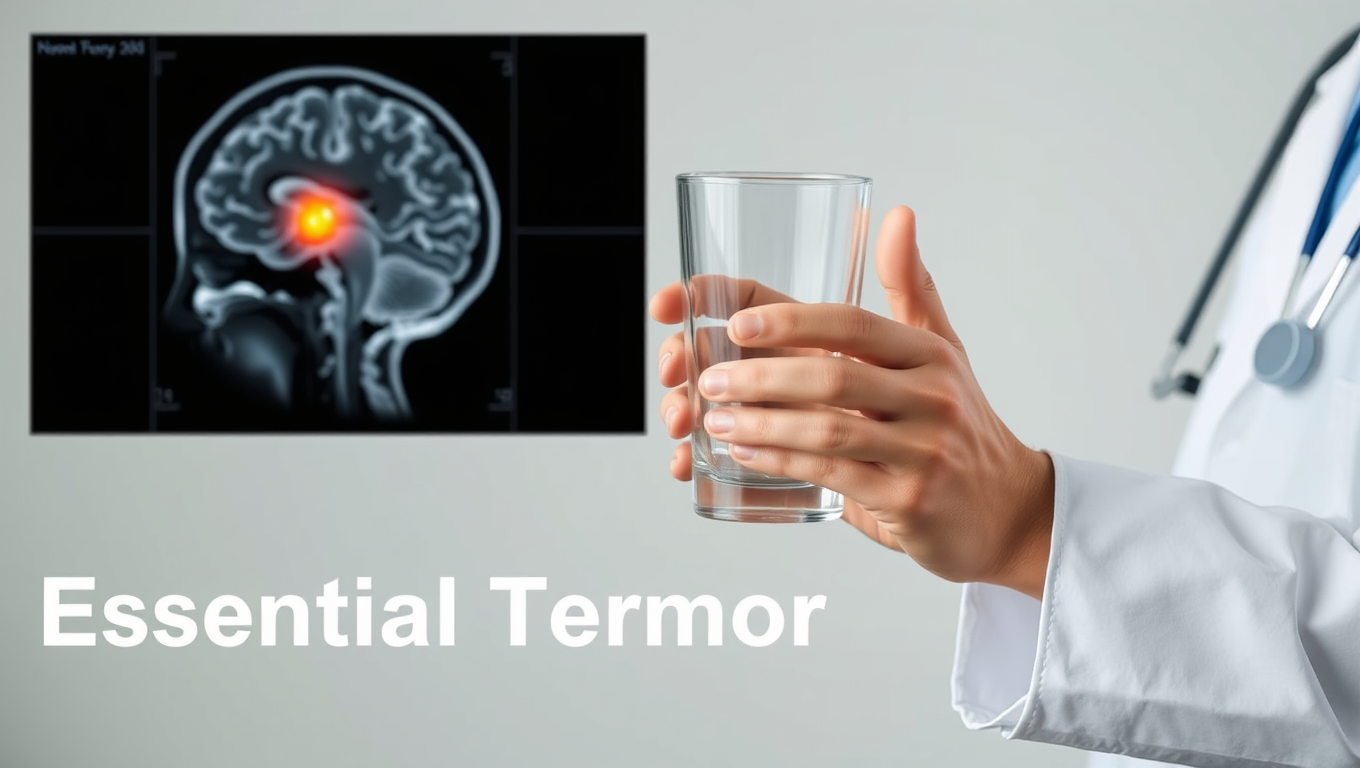While we try to keep things accurate, this content is part of an ongoing experiment and may not always be reliable.
Please double-check important details — we’re not responsible for how the information is used.
Brain-Computer Interfaces
Breaking Down Barriers: Finding the ‘Sweet Spot’ for Focused Ultrasound Treatment of Essential Tremor
For millions of people around the world with essential tremor, everyday activities from eating and drinking to dressing and doing basic tasks can become impossible. This common neurological movement disorder causes uncontrollable shaking, most often in the hands, but it can also occur in the arms, legs, head, voice, or torso. Essential tremor impacts an estimated 1 percent of the worldwide population and around 5 percent of people over 60. Investigators have now identified a specific subregion of the brain’s thalamus that, when included during magnetic resonance-guided focused ultrasound (MRgFUS) treatment, can result in optimal and significant tremor improvements while reducing side effects.

Brain-Computer Interfaces
Revolutionizing Pain Relief with USC’s Breakthrough AI Implant
A groundbreaking wireless implant promises real-time, personalized pain relief using AI and ultrasound power no batteries, no wires, and no opioids. Designed by USC and UCLA engineers, it reads brain signals, adapts on the fly, and bends naturally with your spine.
Brain-Computer Interfaces
The Hungry Brain: Rutgers Researchers Uncover a Hidden Switch That Turns Cravings On and Off
Rutgers scientists have uncovered a tug-of-war inside the brain between hunger and satiety, revealing two newly mapped neural circuits that battle over when to eat and when to stop. These findings offer an unprecedented glimpse into how hormones and brain signals interact, with implications for fine-tuning today’s weight-loss drugs like Ozempic.
Brain Injury
Krakencoder Breakthrough: Predicting Brain Function 20x Better Than Past Methods
Scientists at Weill Cornell Medicine have developed a new algorithm, the Krakencoder, that merges multiple types of brain imaging data to better understand how the brain s wiring underpins behavior, thought, and recovery after injury. This cutting-edge tool can predict brain function from structure with unprecedented accuracy 20 times better than past models and even estimate traits like age, sex, and cognitive ability.
-

 Detectors8 months ago
Detectors8 months agoA New Horizon for Vision: How Gold Nanoparticles May Restore People’s Sight
-

 Earth & Climate9 months ago
Earth & Climate9 months agoRetiring Abroad Can Be Lonely Business
-

 Cancer9 months ago
Cancer9 months agoRevolutionizing Quantum Communication: Direct Connections Between Multiple Processors
-

 Albert Einstein9 months ago
Albert Einstein9 months agoHarnessing Water Waves: A Breakthrough in Controlling Floating Objects
-

 Earth & Climate9 months ago
Earth & Climate9 months agoHousehold Electricity Three Times More Expensive Than Upcoming ‘Eco-Friendly’ Aviation E-Fuels, Study Reveals
-

 Diseases and Conditions9 months ago
Diseases and Conditions9 months agoReducing Falls Among Elderly Women with Polypharmacy through Exercise Intervention
-

 Chemistry9 months ago
Chemistry9 months ago“Unveiling Hidden Patterns: A New Twist on Interference Phenomena”
-

 Agriculture and Food9 months ago
Agriculture and Food9 months ago“A Sustainable Solution: Researchers Create Hybrid Cheese with 25% Pea Protein”





























